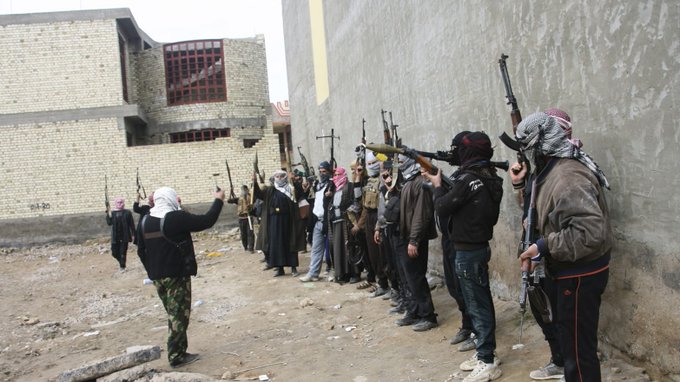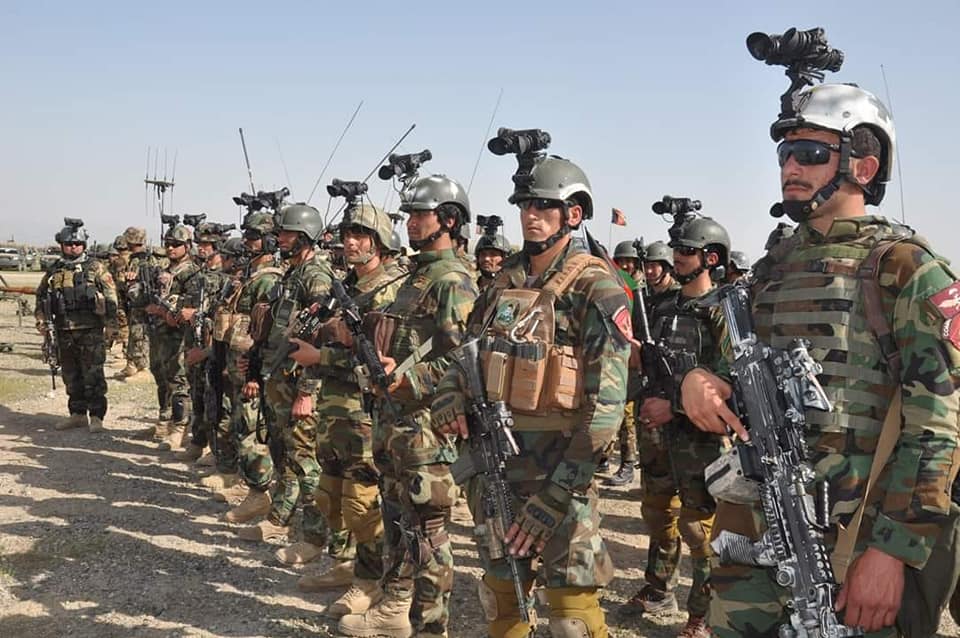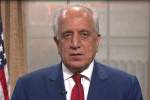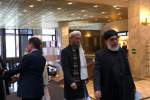A recent report submitted to the United Nations Security Council said that Al-Qaeda “continues to cooperate closely with Lashkar-e-Taiba and the Haqqani Network.”
Publish dateWednesday 31 July 2019 - 14:25
Story Code : 189262
The report also said that the Daesh’s central leadership replaced their top man in Afghanistan after a meeting earlier this year.
Mawlawi Zia ul-Haq, also known as Abu Omar al-Khorasani, led the Daesh’s Khorasan province until April. He was then “dismissed and replaced by Mawlawi Abdullah, also known as Mawlawi Aslam Farooqi,” who “was previously in charge of operations in the Khyber Agency. “
The UN monitoring team found that ul-Haq was demoted “due to poor performance in the context” of the group’s “setbacks in Nangarhar in the second half of 2018.”
Even in its current form, the report by UN’s terrorism watchdog set up by Resolution 1267 of the Security Council, said the Daesh poses the most “immediate threat to global security” and remains stronger than Al Qaeda in terms of its “finances, media profile and current combat experience and terrorist expertise”.
It “continues to cooperate closely with Lashkar-e-Toiba and the Haqqani Network”, the report said underscoring the threat these Pakistan-based terrorist groups continue to pose for the region and the world.
A recent US department of defense reported the existence of hundreds of LeT fighter in Afghanistan.
Al-Qaeda remains the source of the largest collection of foreign fighters, which is Afghanistan. And the terrorist outfit responsible for the September 11, 2001 terrorist attacks remains a potent forced in Afghanistan. Its “members continue to function routinely as military and religious instructors for the Taliban” the report said.
Still, with respect to Afghanistan, the Daesh’s Khorasan arm is clearly strongest in the eastern part of the country. And it has suffered losses in northern Afghanistan during the course of the previous year.
Despite its setbacks, UN member states estimate that the Daesh’s Khorasan arm has “between 2,500 and 4,000” men, “including foreign terrorist fighters.”
The UN member states also indicated that the group continues “to maintain a robust capability to derive income from the exploitation of local mineral, lumber and talc resources.” In addition, criminal activities such as “extortion” and “kidnapping for ransom” are used to procure funds.
Source : Afghan Voice Agency(AVA)
avapress.net/vdch-wnzi23n6id.01t2.html
Tags
Top hits












